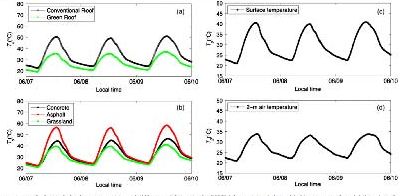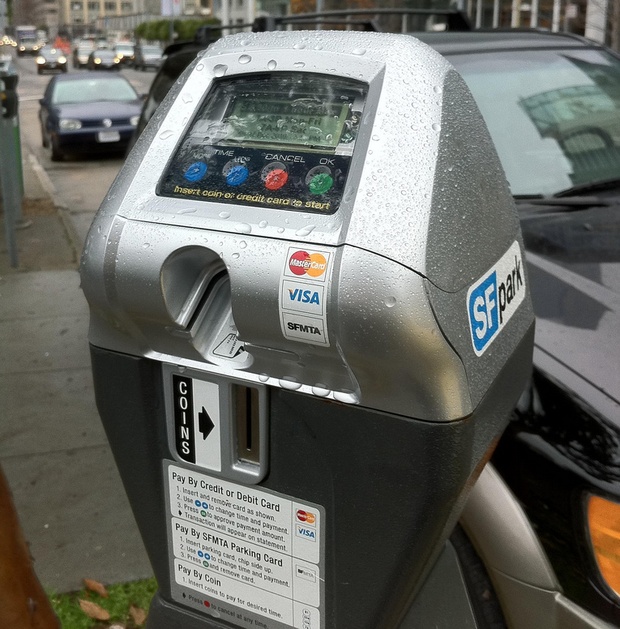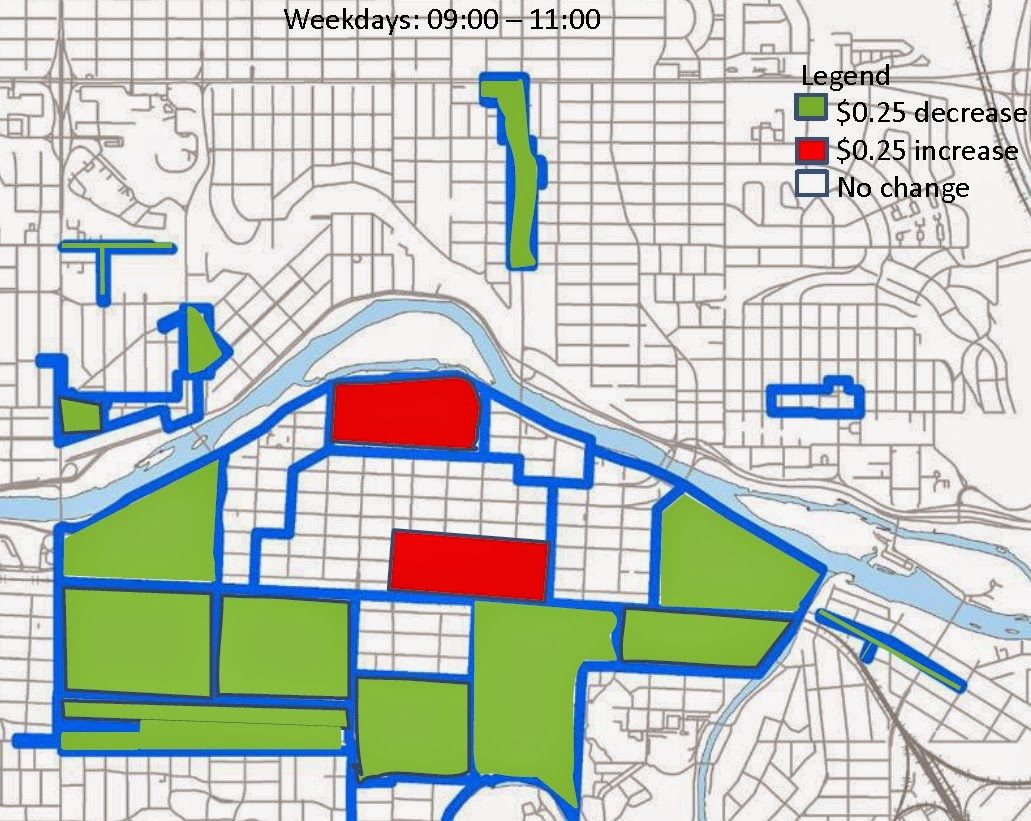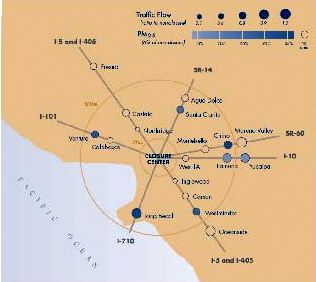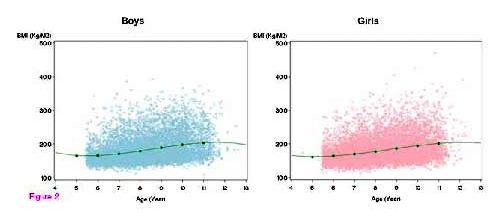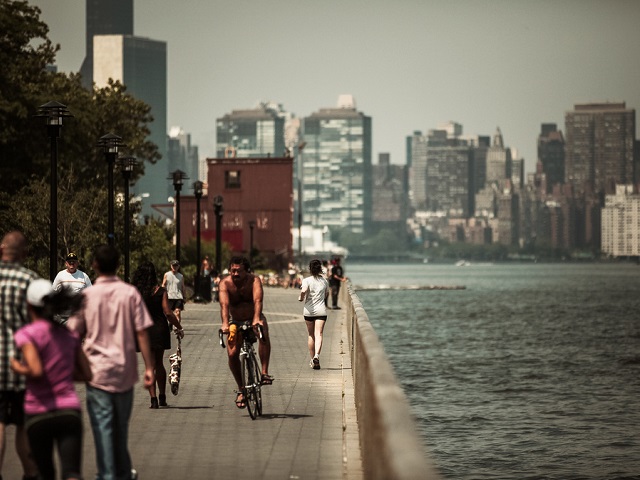Also discussed here: Bicycle Air Monitoring Program - Pittsburg (GASP)
Today we review two citizen initiatives in Hamilton and Pittsburg to monitor air pollution levels along roads and bike paths used by cyclists in these cities. The program that began first in Pittsburg with the Group Against Air Pollution and Smog, collects and displays the Particulate Matter on maps of the urban core in real-time. The Bicycling Air Monitoring program in Hamilton just began on June 26 with over 60 cyclists volunteering to use the 20 GPS and air monitors which were funded with only $25 K from contributions from volunteers and a local city Councillor. These data fill gaps in the map of air pollution measured by much more expensive provincial air quality monitors (over $250K each) or by using a specialized mobile van dedicated to roadside monitoring.

Key Quotes:
“Environment Hamilton officially launched its Bicycling Air Monitoring program (BAM!) Thursday at city hall, announcing plans to use volunteers from the local cycling community rig their bikes with air quality monitors and a GPS unit.”
“Environment Hamilton already has about 60 volunteers from Flamborough to Stoney Creek who are set to cut loose across the city using one of the 14 units to gather information. Two of the GPS units also have a video camera to provide a visual of what may be contributing to air quality, such as a construction or bumper-to-bumper traffic.”
“Environment Hamilton purchased the models after receiving close to $25,000 in funding…Councillor Chad Collins helped facilitate $10,000 through a fund provided to his ward for special projects, while Clean Air Hamilton pitched in the other $15,000”
"For me, for my constituents, air quality concerns are at the forefront of environmental issues in my ward. I have people who live adjacent to industry and I also have a number of residents along major transportation corridors."
“It's a quick visual way for a cyclist to assess which are the routes in the city that I want to choose if I'm worried about respiratory health and which are the ones that I should be avoiding”
“Bicycles can travel on bike paths and trails and so on… [the data] will be useful for filling in gaps where we aren’t able to go.”
“[Pittsburg] the purpose of this program is to study the objective data gathered by citizens equipped with a laser particle counter and GPS system. The goal of this project is to convey its findings (large and small particulate counts over time and space) as an easily-interpretable map. Large particulates are known as PM10, and small particulates as PM2.5, with the former able to stay in the air for minutes to hours, while the latter can remain in the air for hours to weeks, and travel very long distances. Due to the constantly-changing nature of the air, the more data we collect over routes over time, the more accurate will be the representation of our city. This will promote understanding of any major problems, and suggest ways to enact change.”















